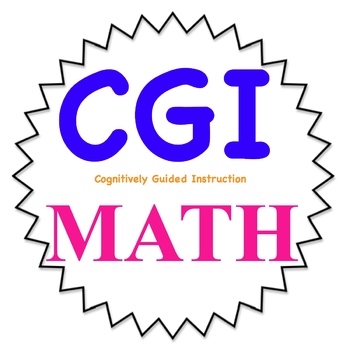108 CGI word problems for 5th grade Common Core friendly
- Word Document File
What educators are saying
Description
These are 108 CGI math word problems I wrote for 5th graders. I also listed all of these problems in sets of 12 for $2, but you can get all of them for a discount here. They loosely follow the pace of the Harcourt book, but they are stand-alone problems. Each problem has 3 number sets so you can differentiate instruction, as well as an extension problem for an extra challenge. The skills they encompass are: addition with 3 addends, addition with money, 4-digit addition, averages, compare problems, decimals, division with and without remainders, division with decimals, division with money, elapsed time, flat shapes, fractions, adding and subtracting fractions with like and unlike denominators, adding and subtracting mixed numbers with like and unlike denominators, graphing, least common multiple, mean and range, measurement conversions, multiplying and dividing fractions and mixed numbers, negative numbers, permutation, missing number problems, money, 4-digit multiplication, multiplication with decimals, multi-step problems, part/part/whole, percent, perimeter, place value, prime numbers, problem solving, ratio, 4-digit subtraction, solid shapes, subtraction with money, subtracting integers. These are ready to print or you can change the names to your own students' names to increase engagement.
Can be used for distance learning.


